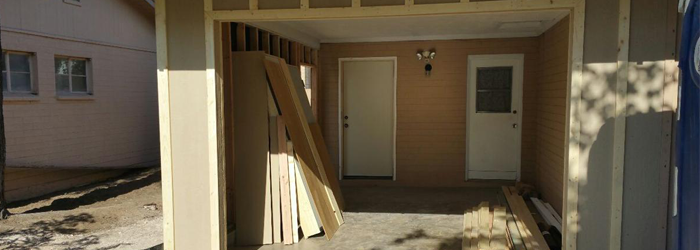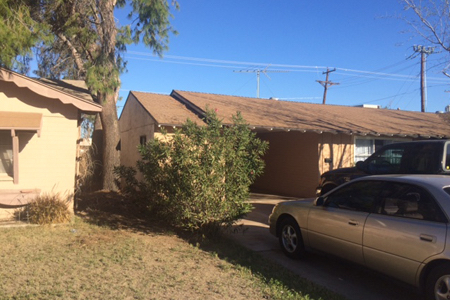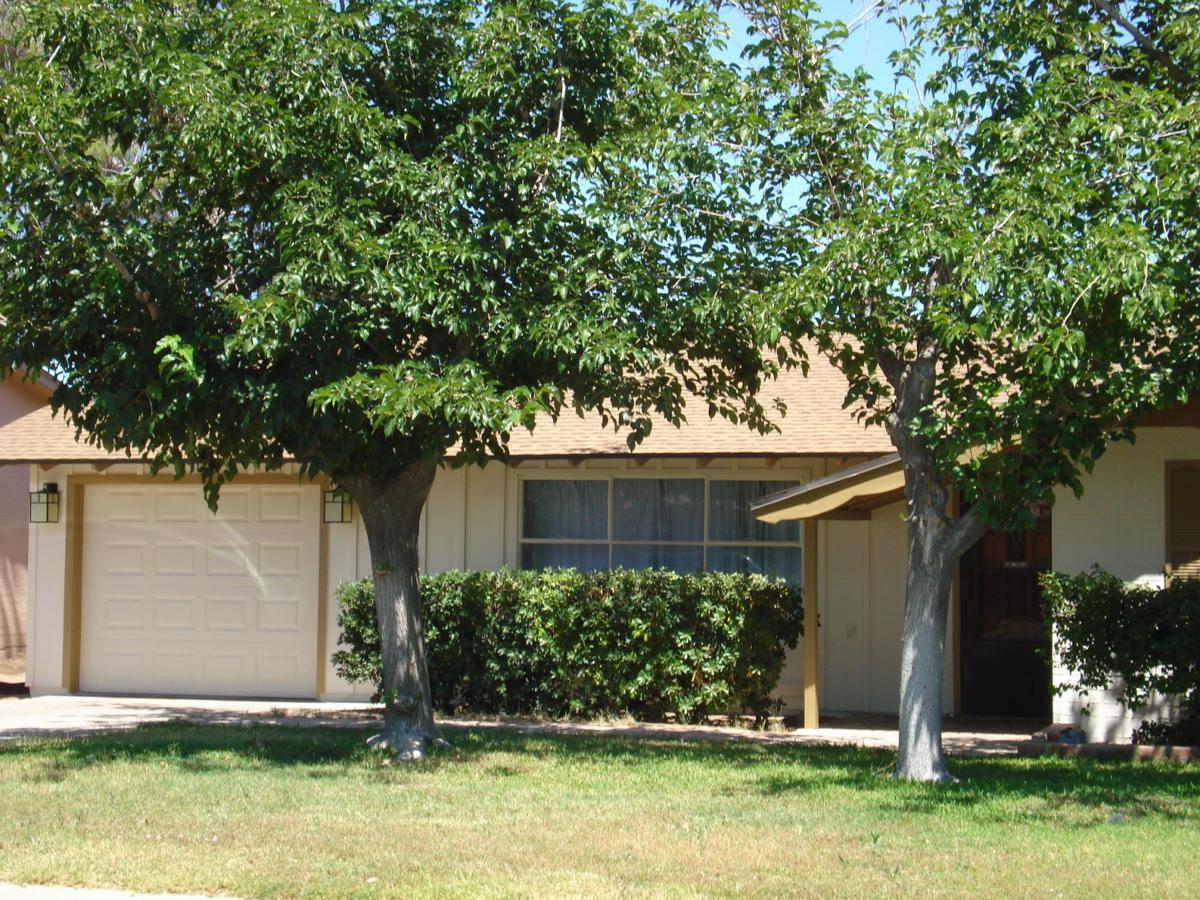Converting A Carport Into An Enclosed Garage
 18 March 2020
18 March 2020 

the time has come, you want your carport to be an enclosed garage
Listed below are several topics to consider before you commit to making the switch from an open carport to enclosed garage.
1 | Get a Building Permit From Your City; Follow All Local Zoning Rules
When you begin the process, you are going to be surprised to find there are code requirements that add quite a few steps to keep the project legal. One significant requirement is that there must be a fire barrier between your enclosed garage and home. The enclosed garage ceiling must also be fire rated. This gets a little tricky if you have an attic access panel in the carport ceiling.
2 | Get HOA Permission For The Project Before You Start It

If your neighborhood is part of a homeowners' association get permission for the project before you start it. I've seen too many heartbroken—and angry—do-it-yourselfers tearing down walls that violate HOA rules. When it comes to HOAs, it's easier to get permission than forgiveness.
3 | Make A Plan
Decide how you want the garage to look and what materials it will be made from. Decide where the walk-through door will be and if you want a window. What kind of roof will it have? What touches will you include so it complements the look of the house? You might have to show a to-scale diagram to city officials before they'll give you a "residential construction" permit
4 | Get Help
If you're ultra-handy, a carport conversion might be a do-it-yourself job. Still, it's easy to find a remodeling contractor who is familiar with codes and knows how to do the project right. Consider the kinds of work you might need a professional to do: add lights and electricity for the automatic garage door; pour concrete; build a wood frame; hang drywall; paint; and install the garage door
5 | Use Masonry Instead of Wood

Use masonry instead of wood, at least for the bottom six or eight inches of the new wall you build. If your carport butts up against the kitchen, you'll have to build a long wall on the opposite side of the new garage. If you build with wood and if the drainage around the carport isn't great, the new wall will invite puddles to form around its base. That leaves the wood prone to wood rot and termites. Choose a material that's resistant.
6 | Comply With Fire Safety Regulations
If your new garage shares a wall with your house, you'll need to build a buffer between them in the form of a one-hour fire-rated wall or ceiling. The door between the house and the garage has to be spring-loaded so it closes automatically—and the material it's made from has to be fire-rated as well. In addition, if you have a kitchen window looking onto your carport, you'll have to get rid of it when you enclose the new garage. You'll find all of the fire safety regulations in your city's building code.
7 | Insulate The Garage
The temperature of the garage will be at least 100 degrees in there all summer, proper insulation will make a big difference in the comfort level. Plan ahead for what you would like to do in the garage. Is it just for parking or will you use it as a workout center, or handyman projects? If you plan to spend time in the garage, consider cooling it with a mini split AC unit. And the type of garage door you purchase will make a big difference in the comfort level as well. Be sure to choose an energy-efficient, insulated garage door with a safety sensor that prevents it from closing if anything—or anyone—is in its path.
8 | Add GFCI Receptacles At Strategic Locations For Recharging & Using Tools
Unlike an open carport, an enclosed garage offers more protection from the sun, wind and rain, and it gives you a private, lockable space to store tools and lawn equipment. If you wall yours in right, it can make your house look and feel bigger.
Photo Credit: Rosie on the House
###
related content
Blog: The 5 W's of Home Remodeling
DIY Q&A: DIY Projects That Really Need A Building Permit
DIY Q&A: Is there A Way To Enhance A Carport Without Converting It Into A Garage
DIY Q&A: What Are the Most Common DIY Mistakes
Podcast: Giving Your Garage A Total Do-Over
Print this page
recent post
- Duck, Duck, Duct! How Often Should Ductwork Be Cleaned?
- Vinyl vs. Fiberglass Windows: Which Is The Better Choice Of Replacement Window?
- We May Be The Grand Canyon State, But The Rocky Mountains Are Important For Arizona
- Welcome to Arizona! Things A Newbie to Arizona Should Know
- The Pros & Cons of Buying A Flipped House
- Getting In On The Ground Floor
- Why It’s More Critical Than Ever To Get Your AC Serviced Before Summer
- The Reality of Remodeling
- What To Look For When Comparing Your Roofing Quotes
- What To Expect When Buying New Windows & Doors
